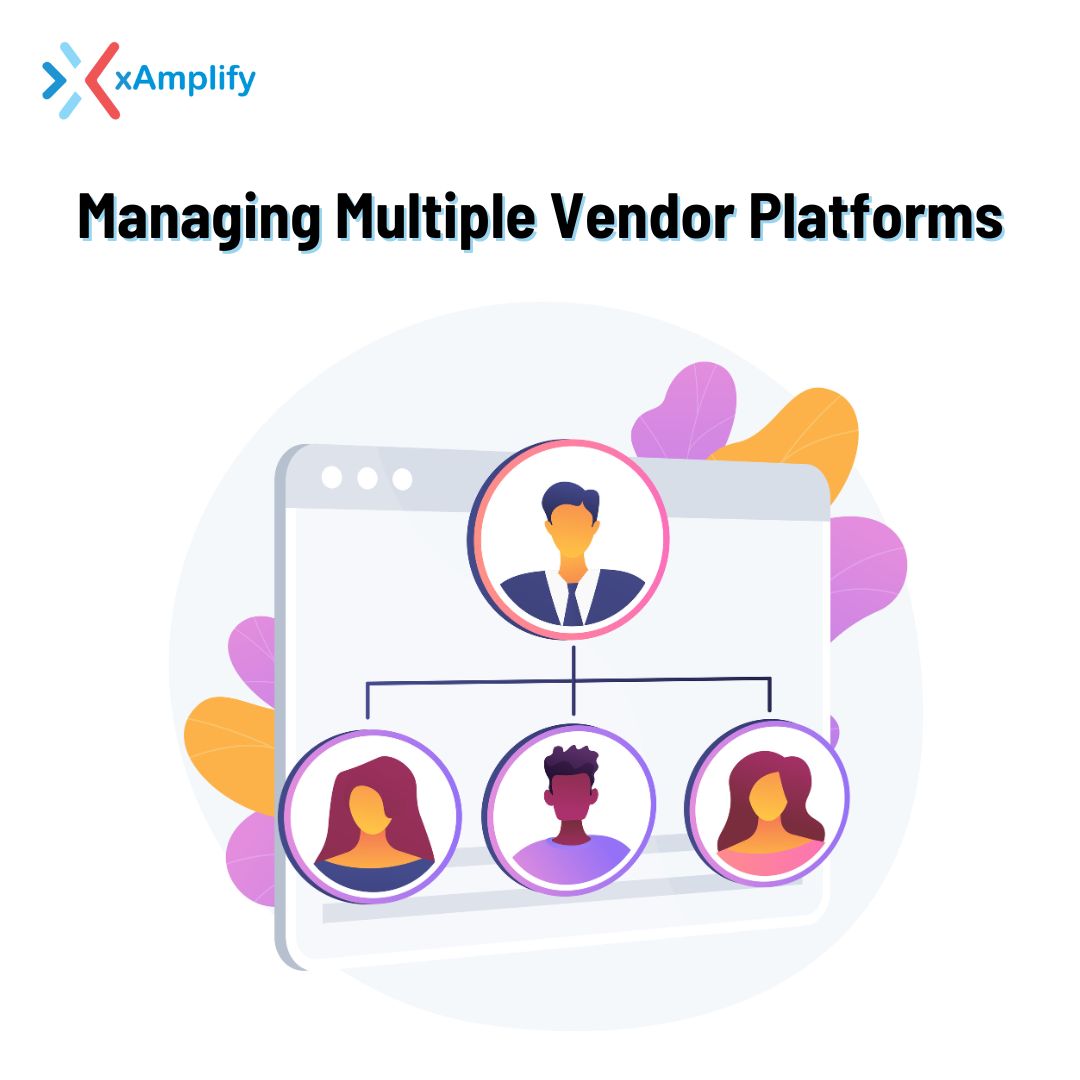For Technology Service Providers(TSP) or Managed Service Providers(MSP), the burden of creating and updating service offerings on multiple vendor sites or marketplaces is a constant challenge. This activity is fundamental for the maintenance of competitiveness and the meeting of customer expectations but carries with it most of the processes that are manually intensive. Vendors and Marketplace need to understand the dynamics of these challenges.
The Fragmentation Challenge
Another of the major pain points service providers face is the fragmentation of marketplace and vendor websites. Most of those sites have their rules, interface, and requirements for listing products or services, which means that to keep their offerings current, providers have to dance around with a nine-headed hydra of processes. Sometimes it takes days or even weeks for the changes requested to be implemented. This fragmentation not only wastes a great amount of time and resources but also invites inconsistencies and errors in listings that may hurt the provider’s reputation and customer trust.
The Consistency Conundrum
Information is most key to be presented across diverse sites uniformly. Inconsistencies in descriptions, images, prices, and availability create confusion and dissatisfaction with customers, therefore affecting the credibility of the provider and reducing the experience for the customer. Providers need to audit and update their listing to this effect frequently to realize uniformity; this often tends to be very cumbersome fraught with possibilities of human error when carried out on numerous diverse sites manually.
Scaling and Updating Services
As the business expands, providers often expand their services or alter the existing ones to meet new market demands or simply due to technological advances. All these changes should be reflected in various sources, and this may turn into a nightmare for a provider who is willing to edit all this information. For every update that might be required, it could mean accessing various systems, dealing with different interfaces, before actually manually entering any changes. This is highly time-consuming and greatly increases the likelihood of overlooking something or causing delay.
Administrative Overhead
The administrative burden of having to manage a multitude of service listings is just overwhelming. Not to mention, keeping track of logins, understanding each of the particular demands a platform makes, and manually handling updates from an administrative point of view are extremely resource-intensive activities. These activities will definitely divert people’s attention from core business activities such as sales, marketing, support, and customer success.
It is in this aspect that buyers understand these challenges, which vendors or marketplaces fail to recognize. They do have tunnel vision with regards to listing on websites or marketplaces. If they could change this, it would be a big help for their partner experience and amplify the rate at which new partners and listings were put on. With the ability of AI and technology platforms, next-generation PRMs do have a key to change this and help smooth the process for vendors, marketplaces, and partners. Want to deep-dive into how xAmplify is solving this problem? Reach out to us to learn more.

